Willow Creek: A Town with a Slice of Montana History
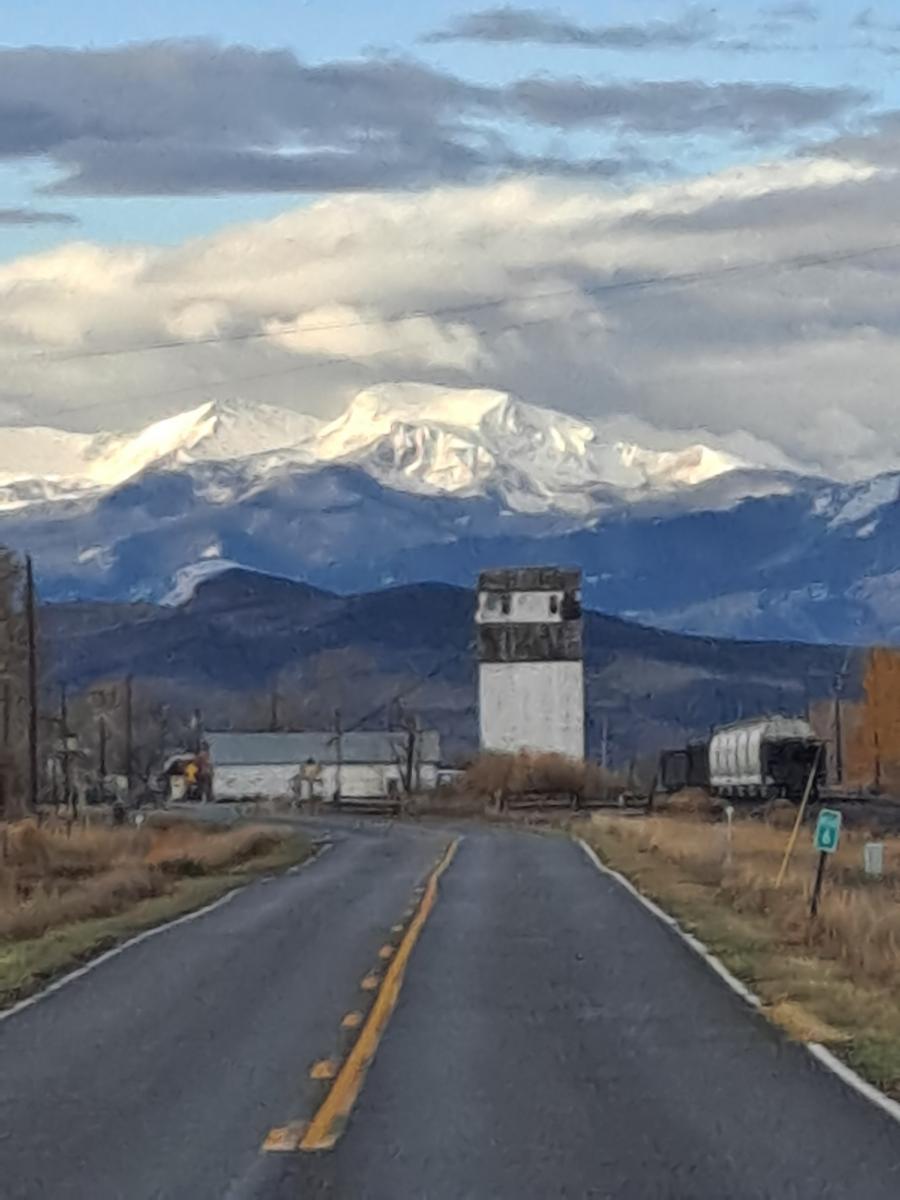
Nestled near the bottom of a widening valley between the Madison and Tobacco Root Mountain Ranges on the old Yellowstone Trail road is the community of Willow Creek, Montana. A majority of its residents live and work on the ranches and farms in the shadows of the mountain ranges. The bustle of city life hasn’t yet knocked at the door of this community. Harnessed to its past, Willow Creek’s main purpose is denoted by its roads leading out of town through the pastureland—to ranches and farms. For this reason, and others, Willow Creek has a distinct charm.
The community was first settled in 1864 by five families from Missouri. Author Ruth Myers in Headwaters Heritage History (1983) wrote that the Willow Creek settlers had been “dissatisfied with conditions during the Civil War” and moved west to the Montana Territory while others were “…hoping to find fortune in the gold fields.” Self-sustainment was on the minds of the first settlers.
Rev. L. B. and Mrs. Stateler arrived after those first families but during the same year, coming to Montana Territory via a wagon train led by the famous Jim Bridger. Stateler came from the Methodist Church South denomination. He served the folks at Willow Creek by holding religious services in different homes. A chapel was built. To replace it, the present church building was completed in 1915 and is considered the oldest Methodist Church in Montana with continuous services.
That first winter of 1864-1865 was brutal. An unidentified man struggling through a blizzard made it to the top of a hill between two cabins. There he died. When his body was found, he was buried at that site. The landowner, James Green, gave this patch of land to start the cemetery, fulfilling a community need. The Mount Green Cemetery is still being used today.
A significant (if undramatic) event brought attention to the Willow Creek valley in 1867. Surveyors representing the Surveyor General of Montana decided that the initial point for surveying the entire state would be established on an unremarkable limestone hill two and a half miles southwest of where the town center is now. From that point the entirety of Montana would be surveyed, leading to the ability of private citizens to purchase property. It is the only initial point in the United States that has no name, so it is referred to as Principal Meridian, Montana. The site is surrounded by a private ranch.
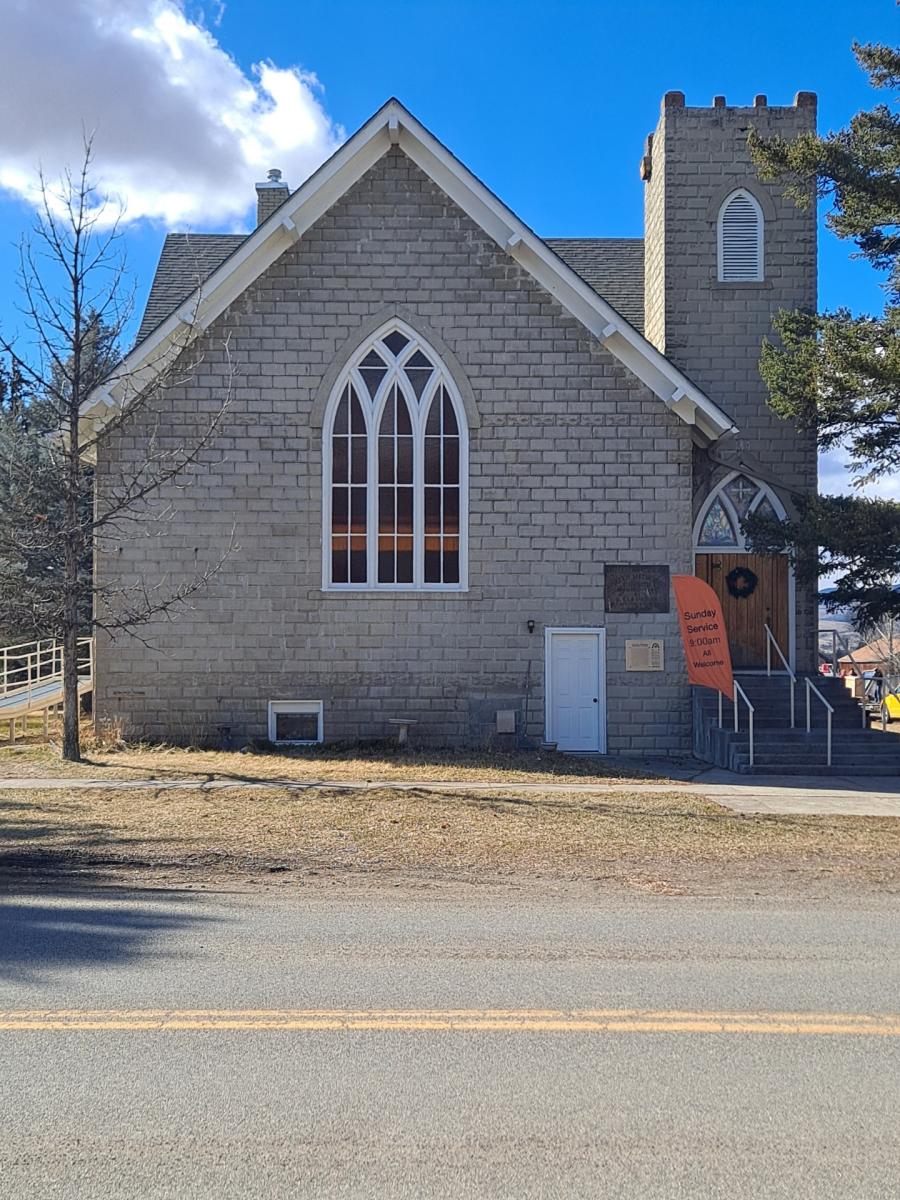
The Northern Pacific Railroad laid tracks nearby in 1887, so the town moved closer. In 1910 lots in Willow Creek were laid out and sold. The drought years, starting around 1919, caused some pioneers to leave, but still others arrived. New businesses were established, such as a grain elevator, lumber yard, cheese factory, physician’s office, bank, and drug store. The Depression years saw the community decline once again.
Myers reported in her book that two cultural groups seem to have been the major settlers in the Willow Creek area. In addition to the group from western Missouri, another group was comprised of disaffected Mormons from Utah, who brought with them experience developing irrigation from a water source to relatively nearby farms. Since the area had only about twelve inches of rain a year, it proved vital that the settlers tap into water from Willow Creek, flowing from the mountains. Soon farmers were working together to dig gravity-fed ditches to allow the water into their fields. Those carefully maintained ditches are still being used today.
Farming moved beyond self-sustainment with not only the Northern Pacific Railroad serving the area but also with the Chicago, Milwaukee & St. Paul Railroad. Livestock, wheat, oats, cabbages, and potatoes were sold beyond the community. A strain of winter wheat developed at Montana State University and known to need less moisture than most wheat was named for Willow Creek.
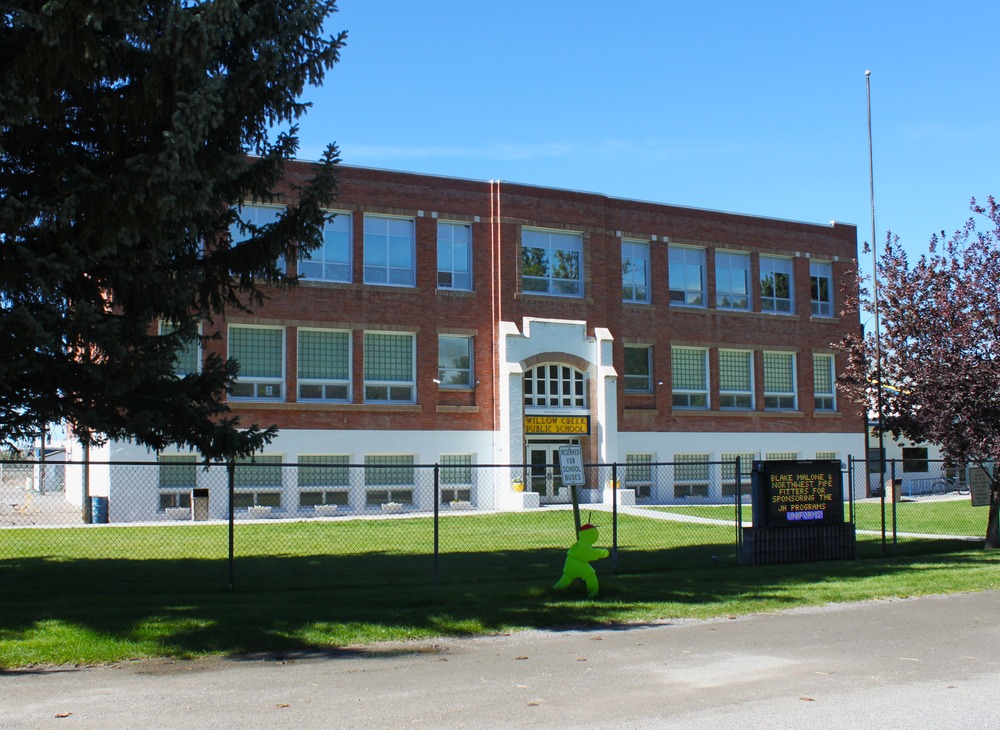
It soon became evident that the earlier ditches did not provide enough water without water storage. Often the Willow Creek stream would become completely dry during the summer. An irrigation district was created in 1915. The dam was started in 1935 and the spillway, which was finished last, was completed in 1936. This reservoir continues to provide the area with irrigation water.
The school has always been a focal point in the community. Right away in 1865, the family of James Green hired a teacher for their children. Other children attended too. Then a log schoolhouse was built. The students were not in grades; instead, the children read from the different McGuffey readers according to their comfort in reading. As the population in the area grew, a two-story frame schoolhouse was built in 1914. By 1916, a student could graduate, having been educated with a four-year high school curriculum. The brick building presently being used was built during the 1918-1919 school year. At one time the children from the Jefferson Canyon area, Hubbard, Danmore, and Sappington rode the Northern Pacific stub to school in Willow Creek. Only seventy-some students are enrolled in the pre-K-12 grades today, but the continued operation of the school is strongly supported by the community.
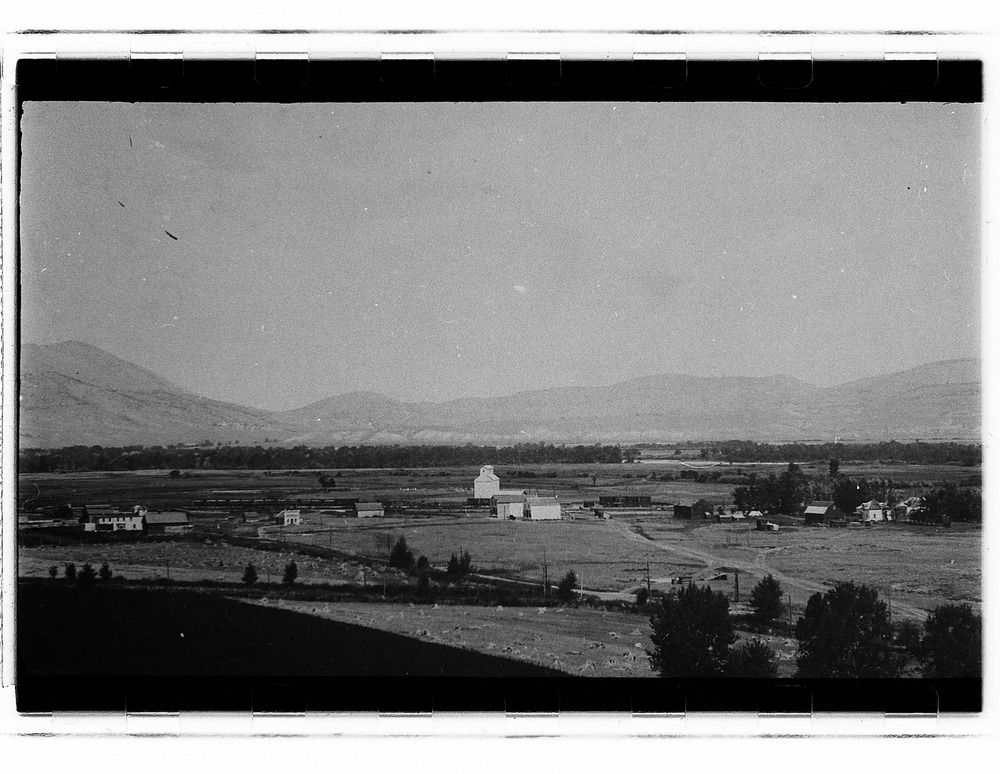
Every community wants utilities, and Willow Creek was no different. A sewer district with a 40-acre lagoon was built just outside of town. Every residence has a well with ample water for personal use. Beginning in 1918, Willow Creek had electric lights for the town’s businesses, houses, and street lights. The electricity was furnished by a generator that was run by a diesel engine at Mack and Black’s garage. Two years later the generator was sold to the Electric Power Company, which took over providing electricity to the community.
One of the residents, Lawrence Rasmussen, left money in his estate for the “good of Willow Creek.” The townspeople decided that they could use sidewalks, so in 1954, sidewalks on four blocks were added. The town remains unincorporated.
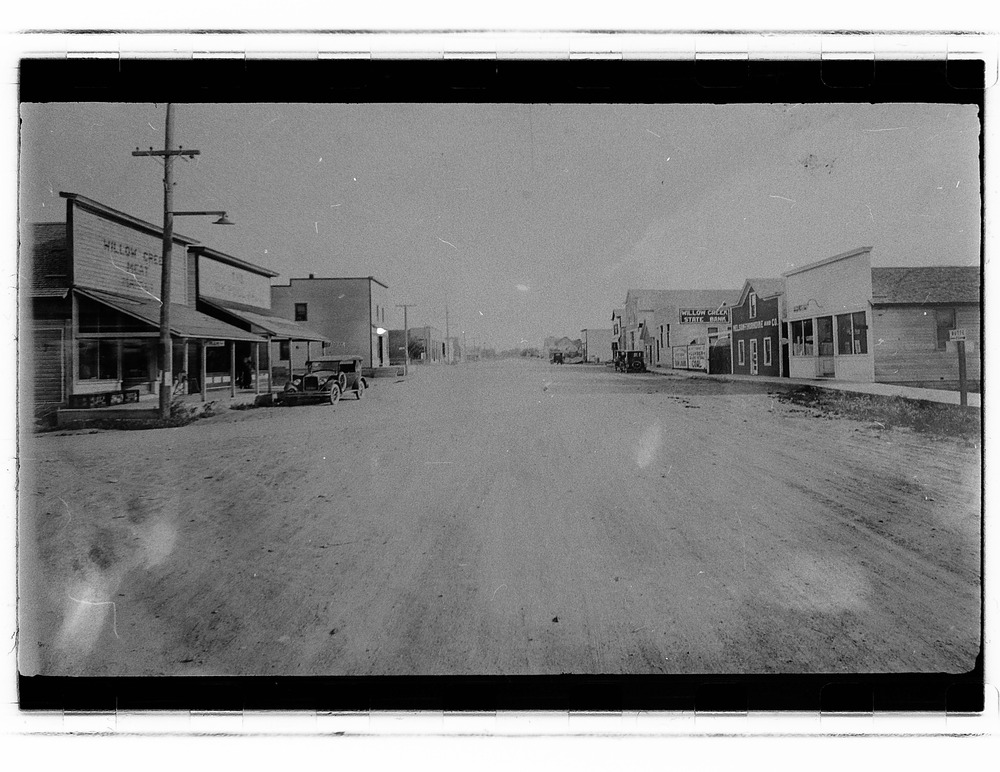
Community residents step up to volunteer for needed services. The rural fire district was created in 1954, and the fire hall was built the next year and expanded in 1982. Civic-minded folks train and volunteer at the fire department, where they are often called to accidents on the interstate highway or to fires. Others serve on the school board or with the irrigation district.
Today the town has one church, one combination café and saloon, a grain elevator, a post office, and the school. A fine-tool store is open for business only by appointment; most of its business is done via the internet. In 2021 Willow Creek had a population of 227 people.
Located around 40 miles from bulging Bozeman, it is only a matter of time before people start looking at Willow Creek as a place to live.
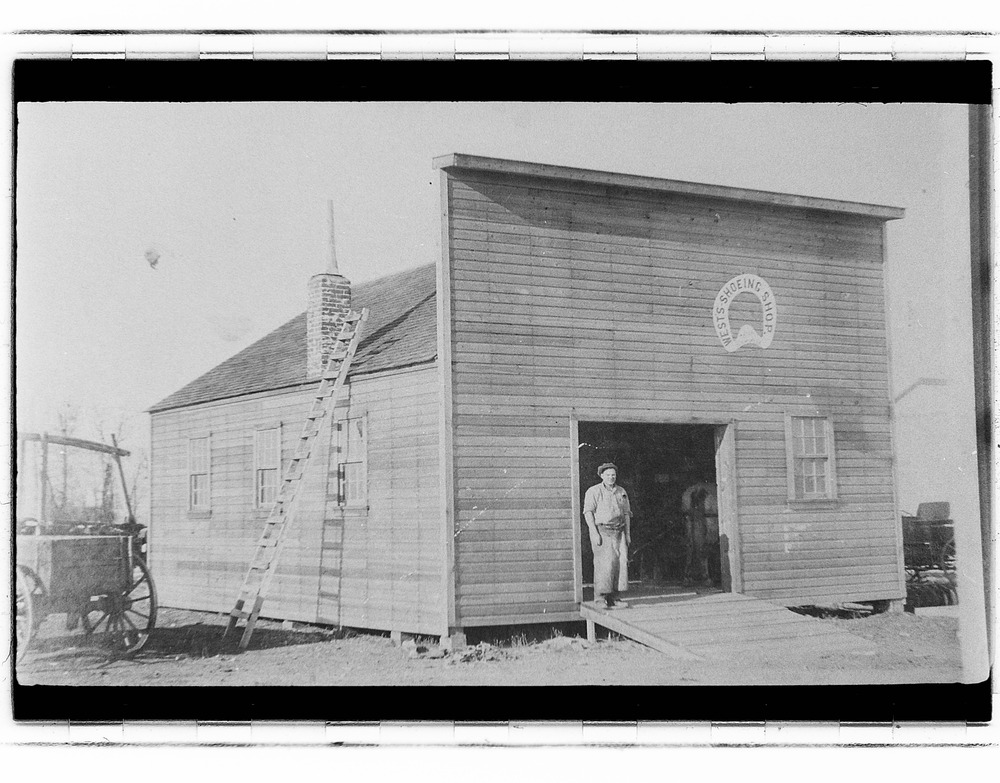
Many residents are offspring of early settlers who have often met future spouses from outside the community and brought them home to live. “Those who grew up here, take the scenery for granted. When my future husband first brought me here, I couldn’t get over the beauty of this area,” said Mary Miller.
When Stanley Gordon West first published his novel, Blind Your Ponies, set in Willow Creek, a stir from beyond the community was ignited. But little changed with the residents, except that the owner of the café found a double-seated bicycle, part of the novel’s story, to lean against the café’s front wall.
The residents of Willow Creek are proud of their back-roads community, largely unchanged by the ravages of encroaching time.
And well they should be.
The beautiful scenery and the friendly people who live there merit nothing less.
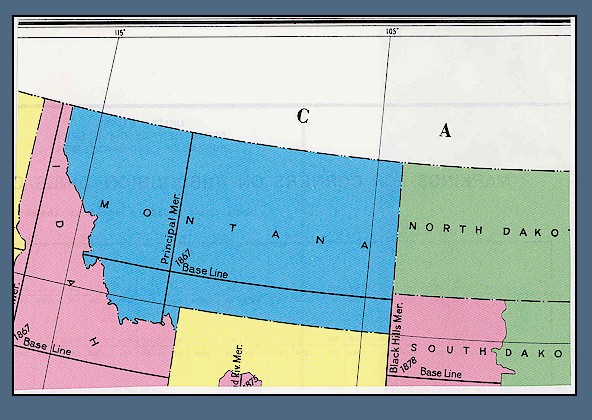
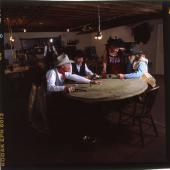



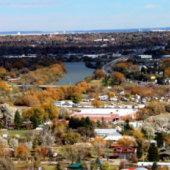


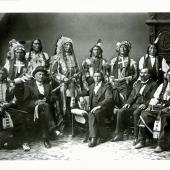




- Reply
Permalink